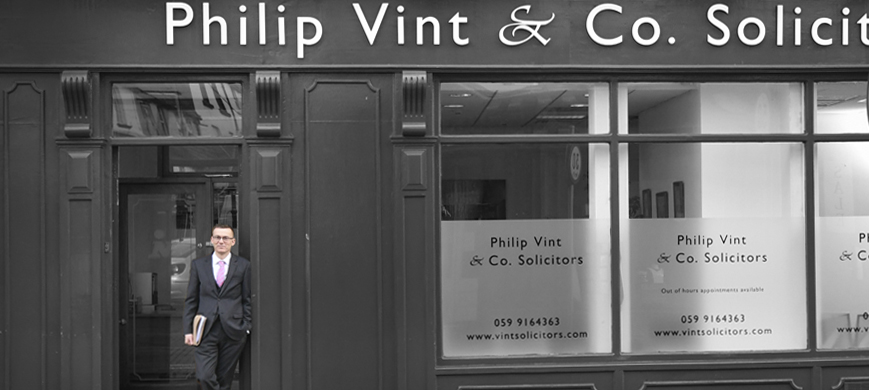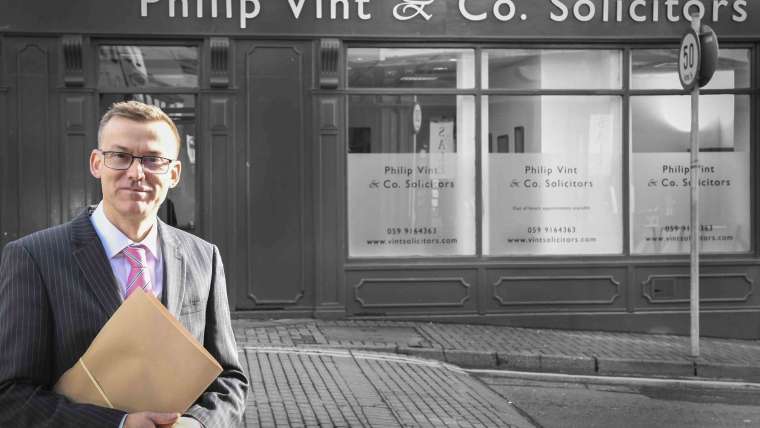We have already written separately about accident cases going through the Injuries Board and would refer you to our blog entitled ‘Injuries board assessments; unravelling the mystery’. The purpose of this article is to outline what happens to accident cases in Ireland that the Injuries Board cannot deal with. (Medical negligence cases are not the subject of these articles; they do not need submission first to the Injuries Board and proceedings can be issued directly in court.)
Very strict time limits restart once an Injuries Board authorisation is issued which are essentially 6 additional months plus the balance of the 2 years left under the first time limit in applying to the Injuries Board. This is a complex calculation in which professional legal advice should be obtained.
Your legal team will draft proceedings for either the district court, the circuit court or the high court and this depends on the perceived value of the case. This will be determined by your medical reports which go towards the type and extent of the injury leading to ‘general damages’ plus recoverable out of pocket expenses known as ‘special damages’. The monetary jurisdiction of the district court is €15,000 while in the circuit court this is €60,000 for personal injury cases. The high court jurisdiction is for any accident case over this amount. Care has to be taken to elect the most appropriate jurisdiction, because getting it wrong at trial could lead to adverse cost consequences. If new information comes to light such as a different medical prognosis after proceedings have been issued, then it is possible to make an application to transfer to a higher or lower court jurisdiction. Downwards transfer applications (to a court with a lower monetary jurisdiction) are often by consent, but an application to move a case into a higher jurisdiction might be met with some resistance and is not always granted.
For most people, ‘going to court’ means physically being in in a courthouse with a hearing before a judge, but in reality cases first go to court on paper. An exchange of documents takes place between the respective solicitors for the plaintiff and defendant and this should be distinguished with ‘going to trial’ which is attending at court for the purpose of hearing the case once all of the paperwork has been exchanged. Note the change of name between an Injuries Board application and court proceedings; ‘applicant’ becomes ‘plaintiff’ and ‘respondent’ becomes defendant. The procedures in general in the circuit court and high court for personal injury cases are quite similar and I propose to outline them both together.
The court case starts with the solicitor for the plaintiff issuing and serving proceedings. This means sending in a ‘Personal Injuries Summons’ plus an ‘Affidavit of Verification’ together with the Injuries Board authorisation into the relevant court office along with the correct amount of stamp duty; an original Personal Injuries Summons is then returned to the solicitor for the plaintiff who must then serve it upon the defendant or a solicitor who has agreed to accept service on the defendant’s behalf. The Affidavit of Verification is an important document in which the plaintiff is swearing that the contents of the Personal Injuries Summons are true and acknowledging it is an offence to make a false or misleading statement. For shorthand I will simply refer to the defendant or plaintiff which can mean the party or its solicitor. Various different methods of service can apply. Most commonly an insurer for a defendant will nominate a solicitor to accept service. There are particular rules and protocols around serving proceedings which have to be strictly adhered to.
Once service has taken place, the defendant must enter an ‘Appearance’. This is a relatively short document which really means that the defendant has formally acknowledged proceedings and is on the court record. If the defendant fails to do this, a plaintiff can enter a motion for judgement in default of an Appearance. At this point a defendant should not delay in entering his Appearance otherwise a plaintiff can get a judgement and effectively wins the case by a technical knockout. A similar process can also be used if the defendant fails to serve his defence.
The next step usually involves the defendant serving a notice for particulars. This consists of usually about twenty questions from the plaintiff of different shapes and sizes ranging from details of witnesses to the names of all medical attendants to previous relevant injuries or medical conditions to details of special damages. Not all questions that are asked are valid and specialist knowledge is needed in responding. The plaintiff must give a formal reply and must take great care in providing accurate answers. At this point, or soon after, the defendant will often ask for a copy of the plaintiff’s medical records, usually for a period of 5 years prior to the accident, as well as admission records.
Following this, a defendant will serve his defence. The defence will indicate whether the case is to be a full fight or perhaps whether liability is admitted so that the main issue becomes ‘quantum’ relating to the amount of general damages and special damages to be awarded.
If either party has requested items from the other by a process known as ‘discovery’ and these have not been forthcoming, then it is possible to enter a motion with the court to request an order for discovery of the items that you are looking for.
A document known as a ‘Notice of Trial’ is ultimately filed with the court office and in most cases served by the plaintiff. This puts the case into a list of all cases ready for hearing. The case will appear in a court list known as a ‘callover’ and representatives of the plaintiff and defendant will attend at a callover hearing to call the case on for trial. A trial date is then allocated which is the subject of another article.
This article is for information only and does not provide legal advice. If legal advice is required then please contact us at info@vintsolicitors.com
© Philip Vint & Co solicitors 2018
Consult with a highly experienced solicitor

